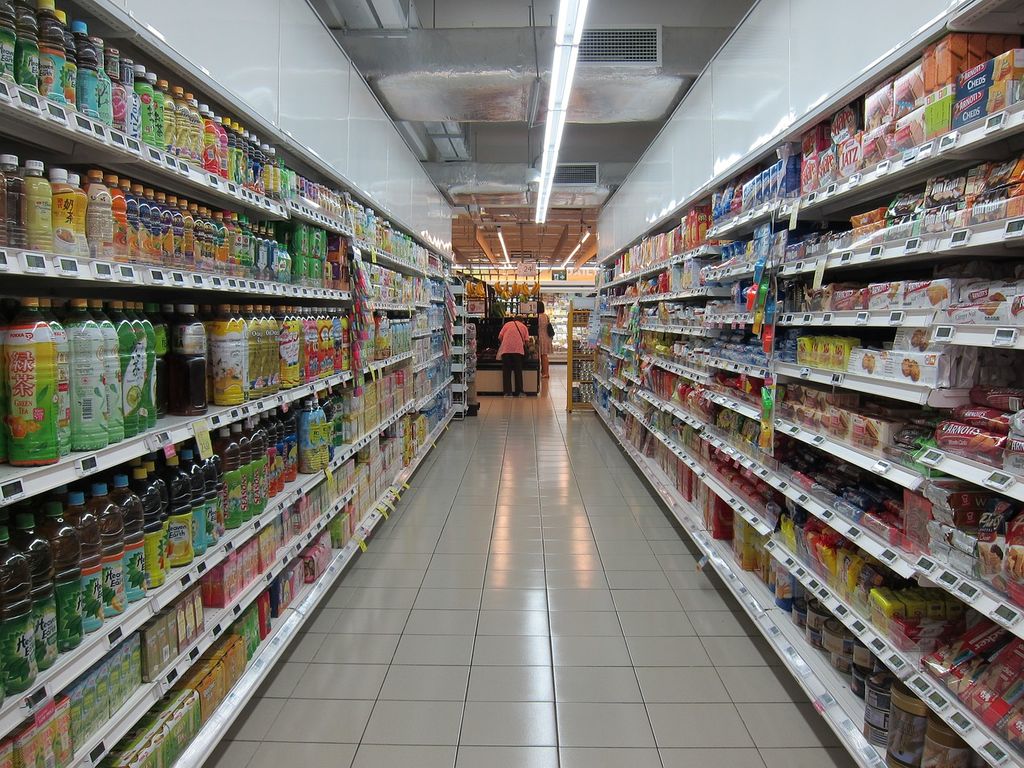How Did Selling A Product Become Much More Effective Than The Product Itself?
Aug 22, 2019 • 9 views
We live in an interconnected world. Social media platforms have become a major source of news and information, with over 3.2 billion daily active users. That is around 42% of the population. Even more, $0,57 of every dollar spent in an offline shop is influenced by a digital interaction. Your target audience, however big it is, is probably online now.
The facts above clearly state one thing – the digital age has changed the relationship between selling a product and the product itself. These days, the first is way more important than the latter. The way you present your product and promote it, whether offline or online, is more critical for sales than the quality and viability of the product itself. In this post, we will show you five core reasons that confirm this concept.

Being visible – promote online
While your product is fundamental to sustainable business, poor branding in our digital age of social credibility and brand recognition can make your product irrelevant. Today, a better-known product triumphs over a better product.
Take a look at Vantura Cosmetics. The e-commerce business, specializing in organic and vegan cosmetics, garnered a sizeable audience of Instagram and Facebook followers even before launching a product.
Their business utilized social media tools like UNUM, an app for publishing and scheduling digital content that provides data-driven insights and partners with other enterprises for promotional giveaways in order to grow their following. The reason behind their trending is not because they focus on creating the perfect product, but on the vision of their branding.

Be present – promote offline
Sometimes, it is not the product that counts, but the branding that follows it, showing that the product is here to stay. Think of Coca-Cola. The company has an enormous marketing budget, and still has ads during primetime television on all major channels, even though their product hasn’t changed in years, and basically has nothing new to offer.
However, if you’re a small business, this may not be your style. Instead, start promoting your product on business conferences and trade shows around the country. This kind of promotion is way more cost-effective and efficient. Nevertheless, you will probably need to invest in attractive trade show displays in order to stand out during these events. You should also bring business cards, brand name badges, and promotional products to tie up everything.

Be good – have philanthropic values
Millennials – people born between 1981 and 1999 – really care about our planet. As a matter of fact, 61% of them are worried about the state of the world and feel personally responsible to change things for better. Precisely because of this, brands that do good have seen an upsurge in their sales department. Organic, ethically produced products are in high demand.
Nowadays, people are more likely to purchase a service or product that somehow benefits the environment or society. The best way to hook them on a product is to make them feel good about buying them.
Toms shoe company is a prime example of this approach. Their shoes took the nation by storm, even though they were overpriced, ugly, canvas slip-ons. The reason behind this? The organization is incredibly ethical and committed itself to make a difference in underdeveloped countries.
Be helpful – solve their problems
There are so many entrepreneurs whose only sale strategy is to ignore what they’re actually selling to their prospects – solutions to their issues. Starting a sales pitch by immediately diving into the different price points, special promotions and packages your potential customers can receive only shows that you don’t understand their position. Understanding your prospects is the first step towards giving meaningful solutions that can turn them into loyal customers.
Your sales strategy should lead with a clear expression of the challenge you can help your clients solve. This is because, during the beginning of a sales conversion, your prospect likely doesn’t fully understand the benefits of your product. The last thing you want to achieve is to immediately treat your product like a commodity, rather than a one-of-a-kind solution to a real challenge they face.
Research their needs beforehand and start your outreach conversation with an explanation of what’s in it for your prospect.
Sometimes, it is not a better product that wins, but better marketing. Use examples from this list to enhance your own offline and online branding, all in favor of understanding the difference between a product and its promotion. And learn how to use it to your advantage.
